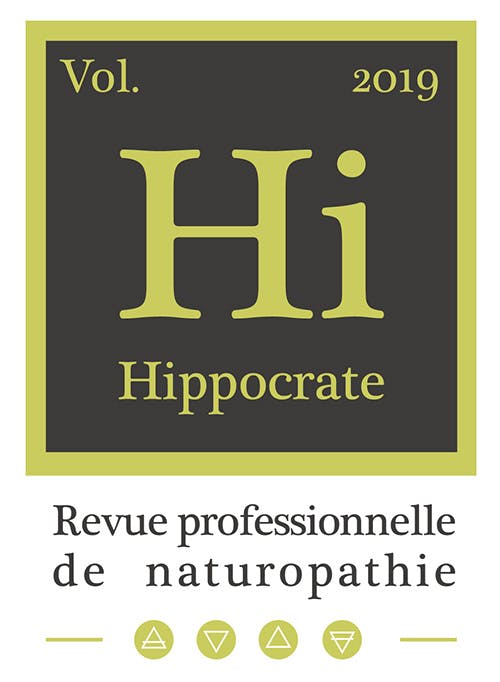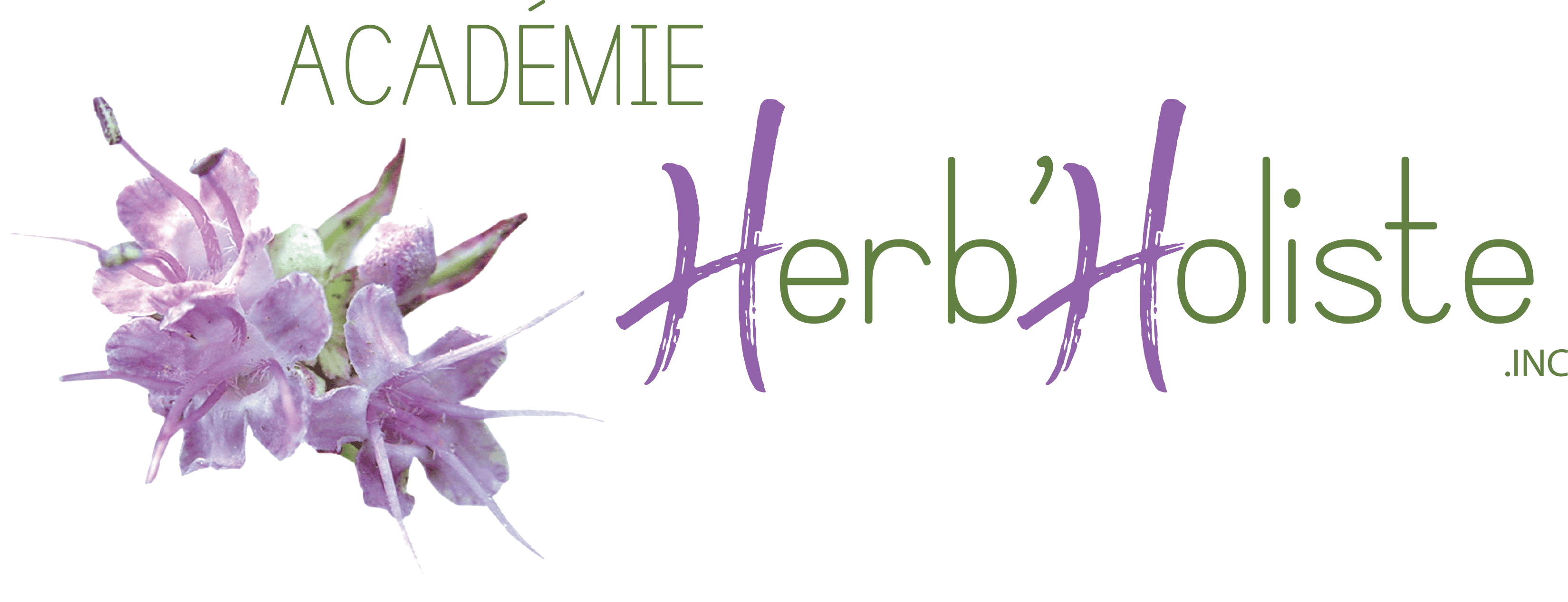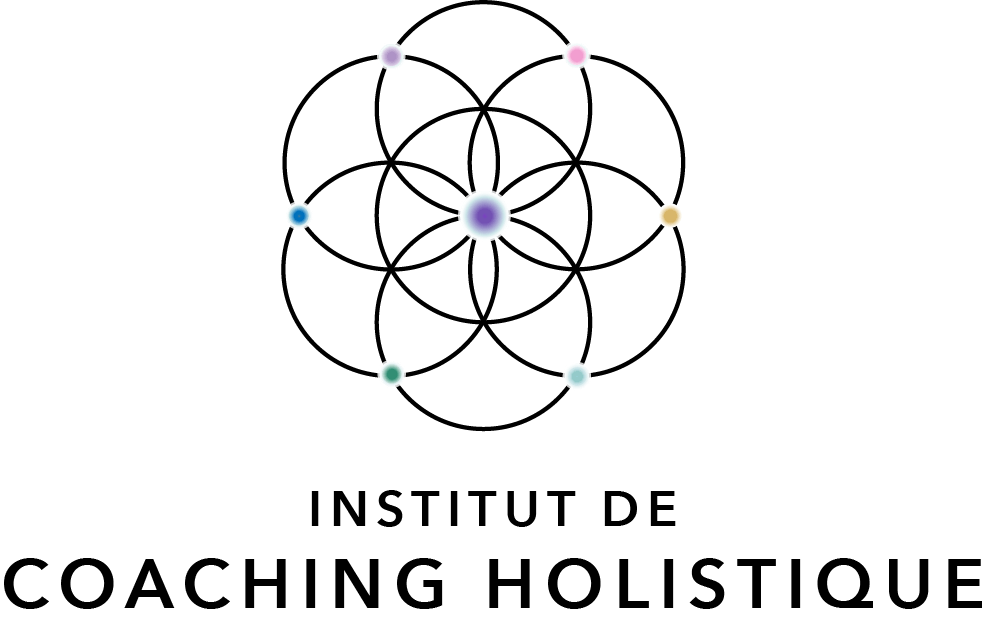Preventing Osteoporosis

We are witnessing an exciting shift in the way women approach their physical condition, health, and aging, but unfortunately, the focus is still often placed on slimness. This obsession with thinness has already caused real damage to women’s bodies, particularly when it comes to bone health.
The extent of the problem Some estimates show that we reach our maximum bone mass between the ages of 25 and 35, with a decline becoming more significant for women around 40, when menopause begins and estrogen levels, which previously provided protection, drop. We want to enter this phase of life with as much bone density as possible, but many women start at a disadvantage due to social and cultural norms regarding body size. Genetics can also play a role.
It is alarming to note that more than half of women over 50 have low bone mass, meaning their bones become more fragile, even though they have not yet developed osteoporosis.
And if you’re wondering what the real danger of osteoporosis is, let me explain. Osteoporosis means you are losing bone mass more quickly than you can produce it, indicating that your bones are becoming more fragile and at increased risk of fractures. Hip and spinal fractures are among the most devastating. Hip fractures often result in disability and increase the risk of death within the year following the injury, while spinal fractures can lead to vertebral collapse, causing extreme pain and poor posture alignment.
So, what can be done? Is it too late to make an impact? The key point to remember is that women of all ages need to think about their bone health as part of their overall well-being. Having strong muscles is excellent and absolutely essential for healthy aging, but they are just a mass of gelatin if you don’t have solid bones to support them.
The 4 main actions for bone health: Health is a balance, with inputs and outputs, each playing a unique role in the functioning of each body system — bones are no exception. Here are the most effective bone health habits everyone can adopt:
- Reduce your alcohol consumption: Excessive alcohol consumption is linked to poor bone quality and an increased risk of osteoporosis.
- Do weight-bearing exercises: Activities like jumping and other forms of plyometric training are effective for building strong bones. The repetitive impact creates beneficial stress on bones, stimulating the formation of new bone tissue and increasing bone density.
- Build lean muscle mass: Increasing muscle mass is positively associated with higher bone density, and we want these two processes to go hand in hand. The beneficial stress of the muscle pulling on the bone stimulates the bone to strengthen.
- Consume the right nutrients: Protein is essential for muscle protein synthesis, and creatine also helps with this process, especially as we age. Calcium directly influences the structure of bones, and vitamin D is necessary for calcium absorption. Magnesium and vitamin K are also needed. A diet rich in protein, whole foods, and adequate calories is crucial for bone health, and supplements can also offer additional support.
If you haven’t already, quit smoking and vaping. Smoking is linked to an increased risk of fractures and osteoporosis, as well as impaired healing.
Conclusion Paying attention to bone health is not just for women of retirement age. In fact, it’s more beneficial to think about bone health when you’re younger and better able to strengthen it. By supporting your bone health through reducing certain habits and adopting others, while regularly monitoring it, you will ensure the benefits of aging with strength and independence.






































